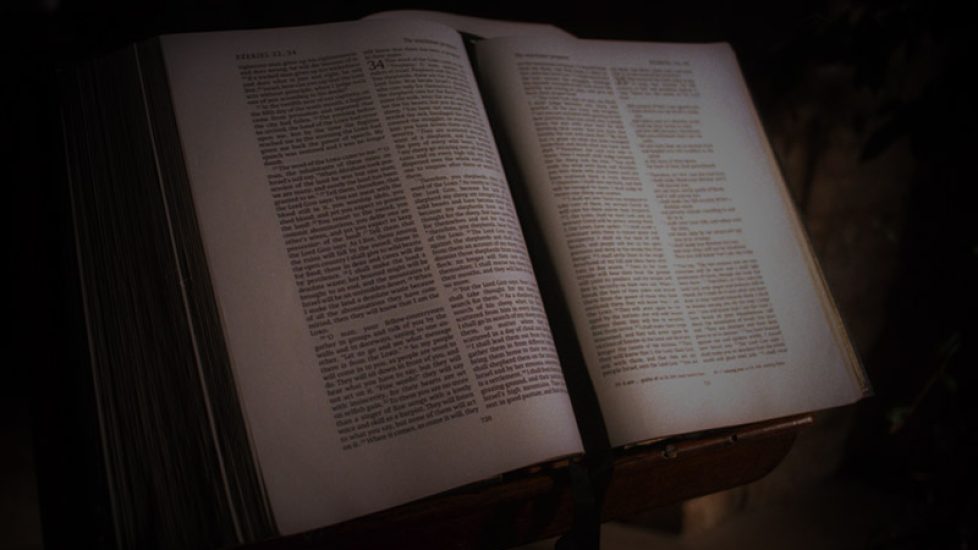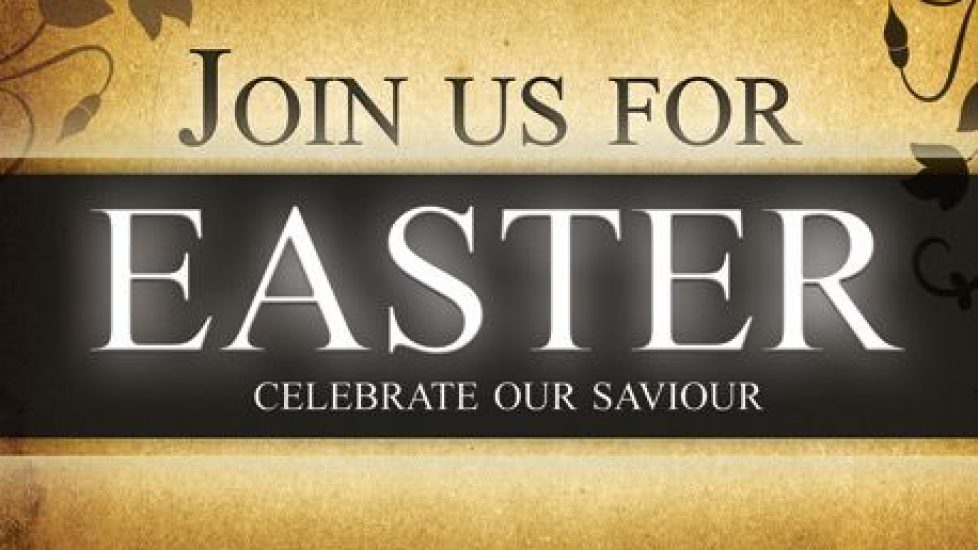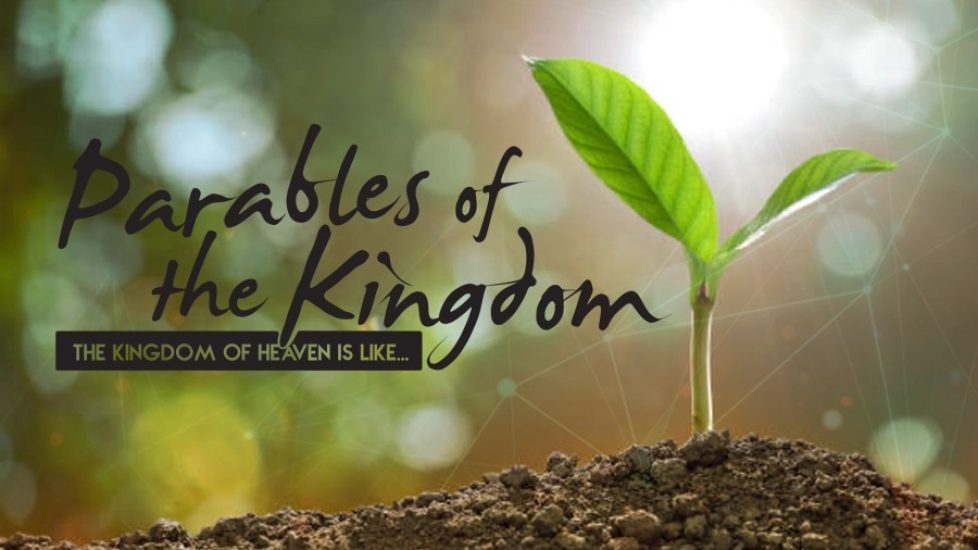Why the Bible Is Essential (2 Timothy 3:16-17)
7 The law of the LORD is perfect, converting the soul;
The testimony of the LORD is sure, making wise the simple;
8 The statutes of the LORD are right, rejoicing the heart;
The commandment of the LORD is pure, enlightening the eyes;
9 The fear of the LORD is clean, enduring forever;
The judgments of the LORD are true and righteous altogether.
10 More to be desired are they than gold, Yea, than much fine gold;
Sweeter also than honey and the honeycomb.
11 Moreover by them Your servant is warned,
And in keeping them there is great reward. (Psalm 19:7-11).
What would you think if you heard God was publishing a book? What would you expect from such a book? You might think:[1]
- It would be completely accurate and without error.
- It would uniquely disclose the knowledge of God.
- It would have a universal message that impacts the whole world.
- It would carry the authority of God in its words.
- It would be the most purchased and translated book ever.
- It would be the best historically preserved book of all time.
All these things are true about the Bible. There is no other book like it, including other religious texts. The Bible has a lot to say about itself. Many passages give us the Bible’s view of scripture’s origin, authorship, message, authority, and sufficiency. One of the most definitive statements about the scripture comes in Paul’s second letter to the younger pastor and church leader, Timothy.
In 2 Timothy 3, Paul had been writing to his young colleague in ministry—Pastor Timothy. He was exhorting Timothy to be faithful to his call to the ministry of pastor and preacher. He warned him that there would come a time in the last days—very much like the times we’re living in today—when people would no longer listen to a word from God (2 Tim. 3:1-9). Timothy was to be on guard against such people and keep himself from them. He is addressing the question, “How can a Christian survive and prosper in such an evil age?” His answer to Timothy was to continue in what he had learned in scripture (2 Tim. 3:14-15). Paul reminds Timothy of the reliability and profitability of the Scriptures. Timothy already knew that. So do you. But like Timothy, we need to be reminded of it and have it burned into our hearts so that we will apply it.
In 2 Timothy 3:16-17, Paul explained what it was about scriptures, the word of God, that made it so essential.[2]
1. The Bible Is Essential because of Its Source
Paul wrote, “All Scripture is given by inspiration of God …” When Paul speaks of “all Scripture”, we can know what he meant by what he said before and by what he said after. In 2 Timothy 3:12-15, he told Timothy that “from childhood, you have known the Holy Scriptures, which are able to make you wise for salvation through faith which is in Christ Jesus.” Paul wrote in 2 Timothy 1:5 about the genuine faith of Timothy’s mother and grandmother. Timothy had learned the scriptures of the Old Testament from them since his childhood. He had also closely followed Paul’s doctrine from the scriptures (2 Tim. 3:10).
In 2 Timothy 4, Paul urged Timothy to “Preach the word”, which he specified to be the word of “truth”. The writings of the Old Testament Scriptures—the books of Moses, the books of the history of the people of Israel, the Psalms and wisdom writings, and the prophets—all constituted the scriptures. And this would also include the message of the gospel taught by the apostles and the prophets of our Lord, who wrote according to the leading of the Holy Spirit.
The word translated “Scripture” in 2 Timothy 3:16 literally means “a writing” or “what is written”. It is used 51 times in the New Testament and always refers to some part of the written Bible. Sometimes it refers to the entire Old Testament (Luke 24:45; John 10:35), sometimes to a particular Old Testament passage (Luke 4:21), sometimes to a particular New Testament passage (1 Timothy 5:18) and sometimes to a larger portion of the New Testament, as when Peter refers to Paul’s letters as Scripture (2 Pet. 3:16).
And notice what Paul tells Timothy concerning the Scriptures. He said that they are “given by inspiration of God”. The word that Paul used, in the original language, is that the Scriptures are “God-breathed”. They are given, as it were, by the ‘breath of God’. And this points us to the divine source of the Bible.
What parts of the scripture are inspired? “All Scripture is given by inspiration of God …”
Wayne Grudem provides insight:
All the words in the Bible are God’s words. Therefore, to disbelieve or disobey them is to disbelieve or disobey God himself. Oftentimes, passages in the Old Testament are introduced with the phrase, “Thus says the LORD” (see Ex. 4:22; Josh. 24:2; 1 Sam. 10:18; Isa. 10:24; also Deut. 18:18 – 20; Jer. 1:9). This phrase, understood to be like the command of a king, indicated that what followed was to be obeyed without challenge or question. Even the words in the Old Testament not attributed as direct quotes from God are considered to be God’s words… The New Testament also affirms that its words are the very words of God. In 2 Peter 3:16, Peter refers to all of Paul’s letters as one part of the “Scriptures.” This means that Peter, and the early church, considered Paul’s writings to be in the same category as the Old Testament writings. Therefore, they considered Paul’s writings to be the very words of God. In addition, Paul, in 1 Timothy 5:18, writes that “the Scripture says” two things: “You shall not muzzle an ox when it treads out the grain” and “The laborer deserves his wages.” The first quote regarding an ox comes from the Old Testament; it is found in Deuteronomy 25:4. The second comes from the New Testament; it is found in Luke 10:7. Paul, without any hesitation, quotes from both the Old and New Testaments, calling them both “Scripture.” Therefore, again, the words of the New Testament are considered to be the very words of God. That is why Paul could write, “the things I am writing to you are a command of the Lord” (1 Cor. 14:37).[3]
Every book of the Bible has two authors: the first is God and the second is the human author. How is it possible that Scripture has two authors—both God and humans? 2 Peter 1:20-21 gives us insight into this:
knowing this first, that no prophecy of Scripture is of any private interpretation, for prophecy never came by the will of man, but holy men of God spoke as they were moved by the Holy Spirit (2 Peter 1:20-22).
What does it mean to be “moved by the Holy Spirit”? The word “moved” is used in Acts (27:15, 17) to describe the effect of strong winds upon Paul’s ship. Luke says that the ship was “driven along” by the wind, meaning that it was no longer under the control of the sailors, but of the wind. In the same way the sailors gave way to the power of the storm and were “carried along” or “driven” by it, so the authors of the Bible were “carried” by the Holy Spirit in the writing of Scripture. The Holy Spirit moved them along both in the writing of the content and in keeping them from error. The writers were present, they were thinking and writing, but they were being moved by the Holy Spirit of God.
While God dictated a few portions of Scripture (e.g., the Ten Commandments), for the most part He allowed each author to use his own personality and style. They themselves truly wrote the books they gave us—just as human beings would write any book. But it was God Himself who was guiding them in what they wrote—so that what they desired to write was what God Himself wanted to be said. Thus the Scriptures find their origin in God. They are not the result of human religious genius. They are not great ideas which God somehow approved.
This is how the New Testament and the Old Testament were written: the Holy Spirit moved upon specific individuals to write the actual words of God, so God could reveal Himself to people.
What does this imply about the reliability of scripture? The scriptures are as true, reliable, and faithful as God is. If God is the God of truth and if He “breathed out” the Scriptures, then it is inconceivable that they would contain contradictions or errors. This does not mean that every sentence in the Bible is true: The Bible truthfully records the lies and falsehood of its subjects at times. So you cannot lift a statement out of context and claim that it is true (e.g., parts of Job, Ecclesiastes, etc.). But taken in its proper contextual setting, the Bible is an accurate and true record of the very words that God wished to record through the various human authors. It is totally reliable.
Since the Holy Spirit is the Spirit of truth (John 16:13), He did not superintend errors.[iv] The Bible is the Word of God. At this point a critic might accuse me of begging the question. I’m saying that the Bible is the inspired, inerrant Word of God because the Bible says so. But there are rational and evidentiary reasons to believe the Bible is what it claims to be.
One of the strongest cases for the Bible’s authority and reliability is the fact that the Lord Jesus believed and taught that the Bible is trustworthy and true. Everything that Jesus Christ said with reference to the Scriptures shows that He had implicit trust in the totality of Scripture as the authoritative and reliable Word of God.
The Bible is essential and reliable because of its source.
2. The Bible Essential because of its value
As Paul wrote, “All Scripture is given by inspiration of God and is profitable …” It gives us certain things that we desperately need. Paul mentions four of them.
First, he says that it is profitable “for doctrine”; or as some translations have it, “for teaching”. It gives us the content of sound doctrinal truth. It gives us the content of what is to be believed by us. What a precious thing this is to have in a world such as ours today!—when so many people have so many contrary ideas, and so many contradictory systems of belief; or when so many people say that there is no truth.
Just think of what the Lord Jesus once said in His prayer to the Father in John 17:17. He prayed for God to sanctify His people by His truth; and then said to His Father, “Your word is truth.” What a precious thing it is to have true doctrine!—true teaching!—truth! It sanctifies us and cleanses us. We receive this from the God-breathed book.
The fact that the Bible is profitable for teaching implies, of course, that it is necessary to study it. God chose to communicate His truth in written form. Obviously the Bible is not a one-page instruction sheet. You don’t learn it by reading a few favorite texts now and then. We need to hear it taught by faithful expositors. We need to read it over and over, comparing Scripture with Scripture so that we have the whole counsel of God. We need to study it in more depth, memorize key verses, and meditate on God’s Word.
Second, Paul goes on to say that the Scriptures are profitable “for reproof”. “Reproof” means to convince or expose. The idea behind it is a rebuke of that which is error. This means that the Bible has the power to expose sin in our lives and to convince us that we are in the wrong. The Bible exposes what is wrong in us. It shows us that we are sinners in need of a Savior. In Hebrews 4:12, we’re told,
For the word of God is living and powerful, and sharper than any two-edged sword, piercing even to the division of soul and spirit, and of joints and marrow, and is a discerner of the thoughts and intents of the heart (Hebrews 4:12).
But it doesn’t leave us in a rebuked and reproved state. Paul goes on to say that the Scriptures are also profitable “for correction”. The word that Paul uses here speaks of setting things right. It’s the word that is used when we speak of “orthopedic shoes”, which set feet right; or the “orthodontist”, who sets teeth right, or “orthodoxy”, which is beliefs set right. The word of God delivers us from our error and sets us on the right path. It tells us how to get right with God, with others, and with ourselves.
And the Bible even keeps us on that right path. It helps us to go forward to live in an increasingly acceptable manner before God; because, as Paul says, it’s also profitable for “for instruction in righteousness”. “Instruction” literally means “child-training”. Just as parents work with their children over the years to train them in various social graces, morals, relational skills, and useful habits, so God, through His Word, trains us in all areas of life so that we can know what pleases Him.
I love how Warren Wiersbe put all this. He said that the Scriptures, because they are God-breathed—are profitable for teaching us (1) what is right, (2) what is not right, (3) how to get right, and (4) how to stay right.
So; in these two verses, Paul shows us that the Bible is essential because of its source and its value. And finally, Paul shows that …
3. The Bible is essential because of its purpose
He wrote that all of this is given to us through the Scriptures “that the man of God [or, we may legitimately translate this ‘the person of God’; so that it applies equally to a woman of God or a man of God] may be complete, thoroughly equipped for every good work”.
To be “complete” means whole or complete, sound of body and mind, full-grown, especially something fitted for its intended purpose—made well prepared for it. It’s much like when a mountain climber must be physically fit to be able to make the climb. Likewise, regular exposure to the word of God makes us ‘fit’ for every good work that God has for us to do.[4] It builds us up. It matures us.
But maturity is not an end in itself. It also makes us “thoroughly equipped for every good work.” “Equipped” means to be furnished or supplied. It gives us what we need for those good works. It’s not enough that a mountain climber be physically fit before he makes the ascent. He also has to have all the right gear. And the word of God also gives us the necessary equipping for a life with Jesus that ministers to others.
When you have proven through experience in the crucible of life the truth of God’s commandments and principles in His Word, you can confidently impart that truth to others. Knowing and living our Bible gives you that confidence because you aren’t imparting your own ideas about life, but rather the very words of God, which you have applied to your life and proved reliable.
This is why we need to study it diligently.
And so, over the next few weeks we will be learning how to study your Bible. It is my prayer and aim that each person in this church would become a mature man or woman of God through knowing experientially the Word of God. I want each of you to know the great doctrines of the faith as a means of knowing the living God and of knowing your own heart. Each of us needs to let the Word confront our own selfishness, pride, anger, lust, greed, and abusive speech. We need to let the Word correct us and keep us on the path of righteous living in this wicked world. Then we can use the Word as God has used it in our lives to minister Christ to others.
You own a Bible. But do you use it to teach you about God and godly living? It is the only reliable book that tells you how to invest your life. It is useful and sufficient for all of life and godliness. I strongly urge you to begin today consistently to read, study, memorize, and meditate on the Bible. Remember the exhortation of the apostle Peter:
Therefore, laying aside all malice, all deceit, hypocrisy, envy, and all evil speaking, as newborn babes, desire the pure milk of the word, that you may grow thereby, if indeed you have tasted that the Lord is gracious (1 Peter 2:1-3).
——————————————————–
[1] Gregory Brown, Why to Abide in God’s Word (2 Timothy 3:14-17), https://bible.org/seriespage/10-why-abide-god-s-word-2-timothy-314-17#_ftn5 accessed 06/01/2025.
[2] Greg Allen, THE ESSENTIAL BOOK, https://bethanybible.org/new/sermon/2020/2020-08-02/the-essential-book accessed 06/01/2025.
[3] Wayne A. Grudem; Elliot Grudem. Christian Beliefs: Twenty Basics Every Christian Should Know. (Grand Rapids: MI: Zondervan, 2009), Kindle Edition.
[iv] Charles Ryrie, What You Should Know About Inerrancy [Moody Press], p. 46
[4] Steven Cole, Why You Need the Bible (2 Timothy 3:16-17), https://bible.org/seriespage/lesson-17-why-you-need-bible-2-timothy-316-17 accessed 06/01/2025.



